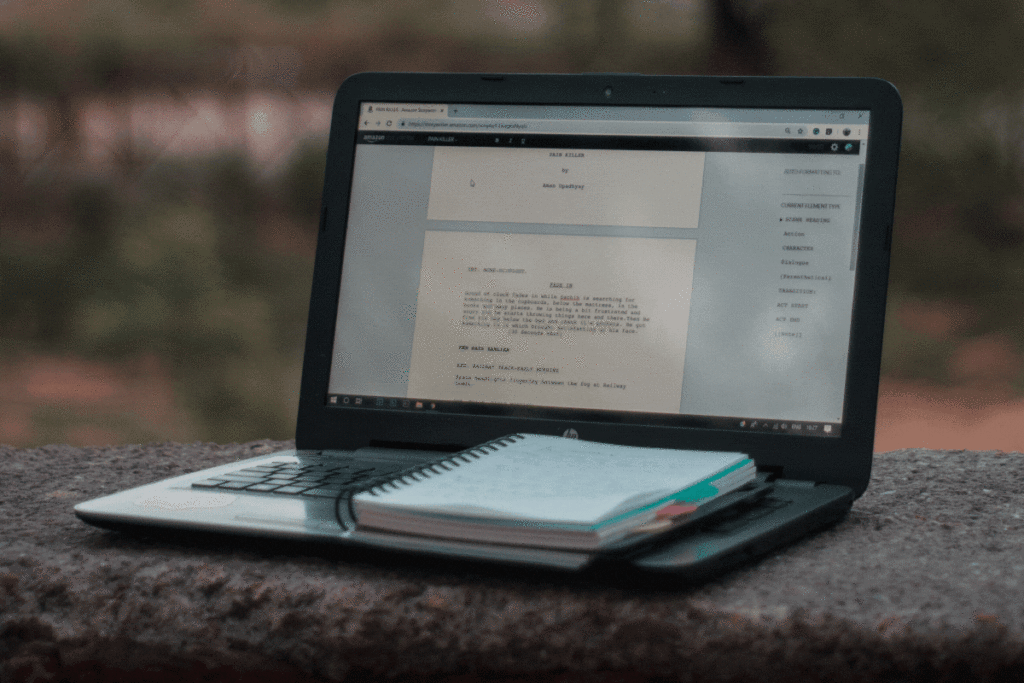The Significance of Clarity in Journalism
In the fast-paced world of journalism, where information is disseminated rapidly, the role of an editor is crucial in ensuring that news stories are clear, concise, and impactful. Editing for clarity is an essential skill that helps journalists effectively communicate their message to a wide audience.
By refining the language, structure, and overall flow of an article, editors play a vital role in shaping the narrative and making it accessible to readers from diverse backgrounds. In this article, we will explore the importance of editing for clarity in journalism and discuss some techniques that can be employed to enhance the impact of news stories.
Clarity is paramount in journalism as it enables readers to understand and engage with the information being presented. A clear news story not only informs but also empowers readers to form opinions and make informed decisions. Without clarity, the message can get lost, leading to confusion and misinterpretation.
In today’s media landscape, where misinformation and fake news abound, ensuring clarity in journalism becomes even more critical. Editors serve as the gatekeepers of information, ensuring that truth and accuracy prevail.
Streamlining Language and Sentence Structure
One of the key responsibilities of an editor is to streamline the language used in news articles. Journalistic writing should be concise, avoiding unnecessary jargon, buzzwords, or complex sentence structures that might alienate readers. Editors meticulously review each sentence, ensuring it is clear, straightforward, and easy to comprehend. They eliminate redundancies, clarify ambiguous expressions, and simplify complex ideas without compromising the story’s integrity.
Organizing Information Effectively
Editors also play a crucial role in organizing information within a news article. They structure the piece logically and coherently, ensuring that the flow of information is smooth and easy to follow. By employing techniques such as the inverted pyramid style, where the most important information is presented first, editors prioritize the key elements of the story. This approach enables readers to grasp the main points quickly and decide whether they want to delve deeper into the article.
Fact-Checking and Verifying Sources
While editing for clarity, editors must also ensure the accuracy and credibility of the information presented in a news story. Fact-checking is an integral part of the editing process, where editors meticulously verify sources, statistics, and claims made by the author. In an era of misinformation, editors must scrutinize the accuracy of every piece of information before it reaches the readers. This not only helps in maintaining the credibility of the publication but also upholds the integrity of journalism as a whole.
Collaborating with Journalists
Effective editing for clarity requires a collaborative effort between editors and journalists. Editors work closely with journalists to understand their intent, style, and the message they want to convey. By maintaining open lines of communication, editors can provide valuable feedback to journalists, helping them refine their work and strengthen the clarity of their stories. This collaborative approach fosters a symbiotic relationship between editors and journalists, ultimately enhancing the impact of the news stories.
Embracing Technological Tools
In an increasingly digitized world, editors have access to a wide range of technological tools that can aid in editing for clarity. Grammar and spell-checking software, readability analyzers, and plagiarism detectors are just a few examples of the tools available to editors. These tools can help identify areas of improvement, highlight potential errors, and suggest alternative phrasing to enhance clarity. However, it is important to note that while technology can be a valuable asset, the human touch and discernment of an editor are irreplaceable.
Conclusion
Editing for clarity is an indispensable aspect of modern journalism. The role of an editor in shaping news stories cannot be overstated. By streamlining language, organizing information effectively, fact-checking, and collaborating with journalists, editors play a vital role in ensuring that news stories are clear, concise, and impactful.
In an era where information overload and misinformation pose significant challenges, editing for clarity becomes even more critical. The work of editors contributes to the credibility and trustworthiness of journalism, empowering readers to make informed decisions in an increasingly complex world.
Key Takeaways:
- Clarity is paramount in journalism, enabling readers to understand and engage with news stories effectively.
- Editors streamline language and sentence structure to ensure the writing is concise and accessible to a wide audience.
- Organizing information effectively, following techniques like the inverted pyramid style, helps readers grasp the main points quickly.
- Fact-checking and verifying sources are integral parts of the editing process to maintain the credibility of news stories.
- Collaboration between editors and journalists enhances the clarity and impact of news stories.
- Technological tools can aid editors in identifying areas of improvement, but human discernment remains essential.
To further enhance your skills in editing for clarity in journalism, consider enrolling in the online course and certificate program offered by NYU | Modern Journalism through Yellowbrick. This comprehensive program will provide you with the knowledge and practical experience necessary to excel in the field of journalism. Don’t miss out on this opportunity to sharpen your editing skills and make a significant impact in the world of journalism.








